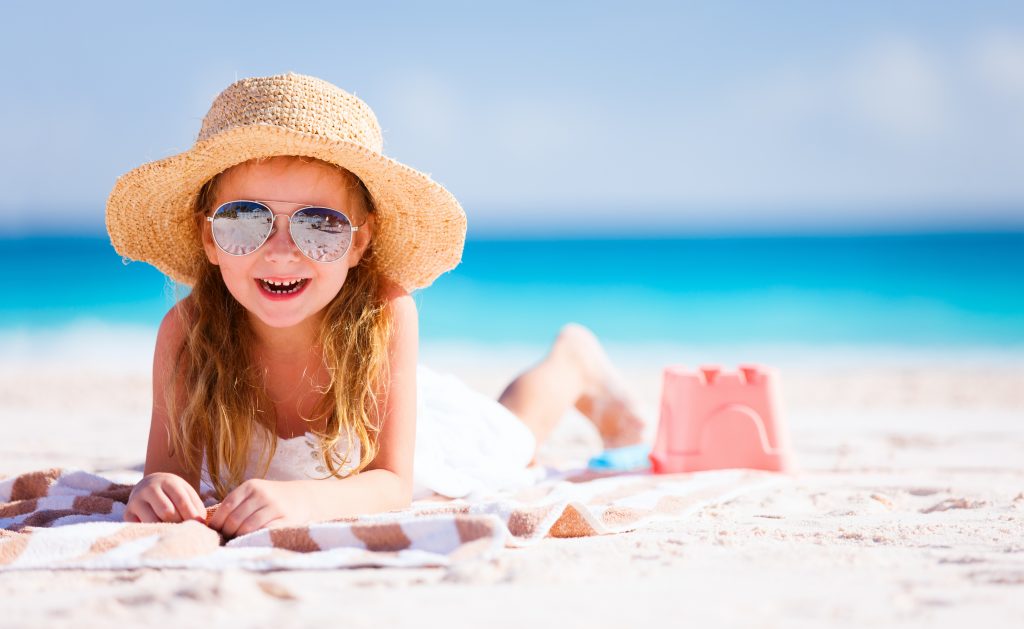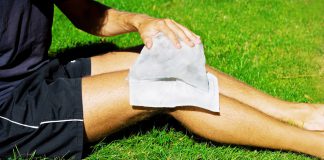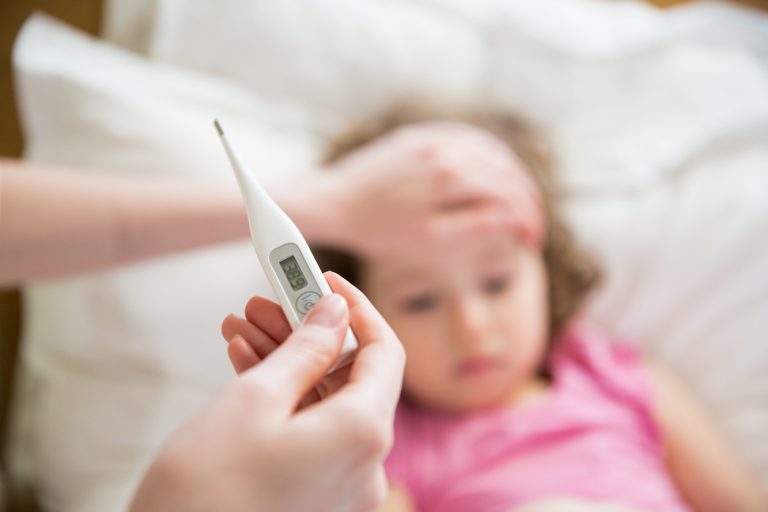Be Eye Smart in the Sun

As we enjoy our beautiful New Zealand summer, it is important to be sun safe. We all use sunscreen to protect our skin, but we need to remember to protect our eyes as well.
Summertime means more time spent outdoors, and studies show that exposure to bright sunlight may increase the risk of developing cataracts, macular and retinal changes, and growths on the eye, including cancer. The same risk applies when using tanning beds – be sure to protect your eyes from indoor UV light as well. UV radiation, whether from natural sunlight or indoor artificial rays, can damage the eye’s surface tissues as well as the cornea and lens. It is important to start wearing proper eye protection at an early age to protect your eyes from years of ultraviolet exposure.
Wear sunglasses to best protect your eyes from the sun’s harmful UV and HEV rays, always wear good quality sunglasses when you are outdoors. Look for sunglasses that block 100 percent of UV rays and absorb most HEV rays. To protect as much of the delicate skin around your eyes as possible, have least one pair of sunglasses with large lenses or a close-fitting wraparound style.
Wear a hat along with your sunglasses. Broad-brimmed hats are best.
Remember the kids: Solar UV radiation is cumulative. With this in mind, it’s especially important for kids to protect their eyes from the sun. Children generally spend much more time outdoors than adults. Also, children are more susceptible to retinal damage from UV rays because the lens inside a child’s eye is clearer than an adult lens, enabling more UVs to penetrate deep into the eye. Therefore, make sure your kids’ eyes are protected from the sun with good quality sunglasses.
Know that clouds don’t block UV light: The sun’s rays can pass through haze and clouds. Sun damage to the eyes can occur any time of year, not just in summer.
Be extra careful in UV-intense conditions: Although direct sunlight from the sun itself is extremely damaging to eyes, reflected UV rays can be even more dangerous. For example:
Grass, soil and water reflect less than 10 percent of UV radiation.
Fresh snow reflects as much as 80 percent of UV radiation.
Dry sand reflects about 15 percent of UV radiation.
Sea foam reflects about 25 percent.
Enjoy your summer sun safely while protecting your vision.







